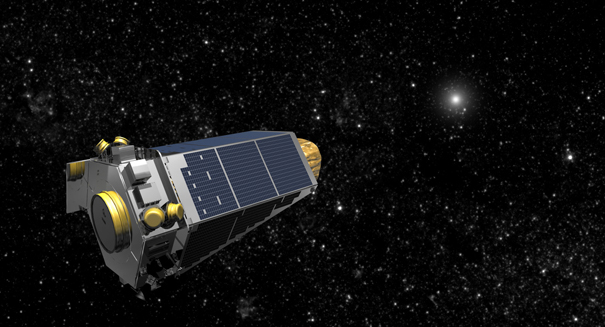
NASA’s Kepler space telescope, which has discovered 2,649 confirmed exoplanets and 2,724 candidate exoplanets since 2009, is running out of fuel and therefore nearing the end of its mission.
When its second reaction wheel broke in 2013, rendering the telescope unable to maintain a steady gaze at the targeted field of view, mission engineers re-purposed it by using sunlight to keep it pointed in one direction. Known as K2, the extended mission that began at this time changed its targeted observation to different parts of the sky every three months.
While mission scientists estimated Kepler could conduct ten such “campaigns” over three-month periods, the telescope has exceeded expectations and has now begun its 17th campaign.
Exactly when Kepler will run out of fuel is unclear though mission scientists and engineers expect this to happen in the next few months.
In anticipation of a day when the fuel-powered thrusters will no longer function, the mission team is actively collecting as much science data as possible and returning it to Earth.
Without the thrusters, Kepler cannot be aimed back at Earth to transfer this data.
There is no concrete way to determine exactly how much fuel is left, meaning mission scientists will have to estimate when to stop collecting new data and focus on sending back that already collected.
So far, the spacecraft has not shown any warning signs of being low on fuel.
Because Kepler is a deep space mission nowhere near a planet or planetary body that could potentially host microbial life, there is no need to assure enough fuel for a controlled impact like that done with the Cassini spacecraft, which was plunged into Saturn in September 2017.
This means whatever fuel is left can be used solely to return data collected by the spacecraft to Earth.
In April, Kepler’s successor, the Transiting Exoplanet Survey Satellite (TESS), will launch and take up the planet search. TESS will look at the whole sky and focus on the brightest stars within a distance of 300 light years or less.

